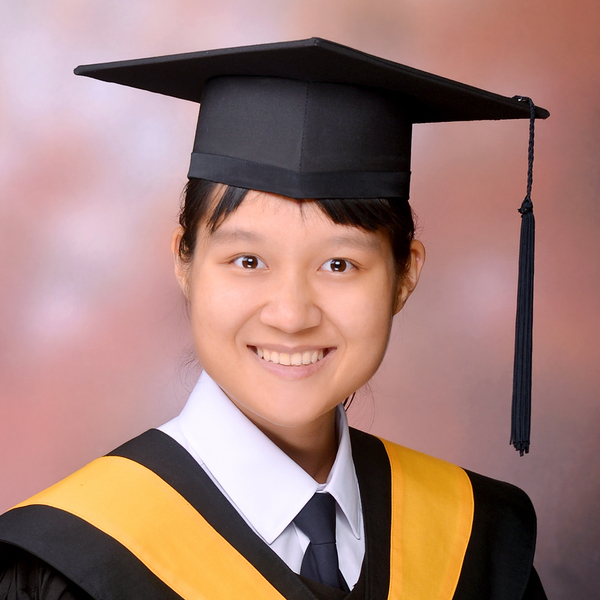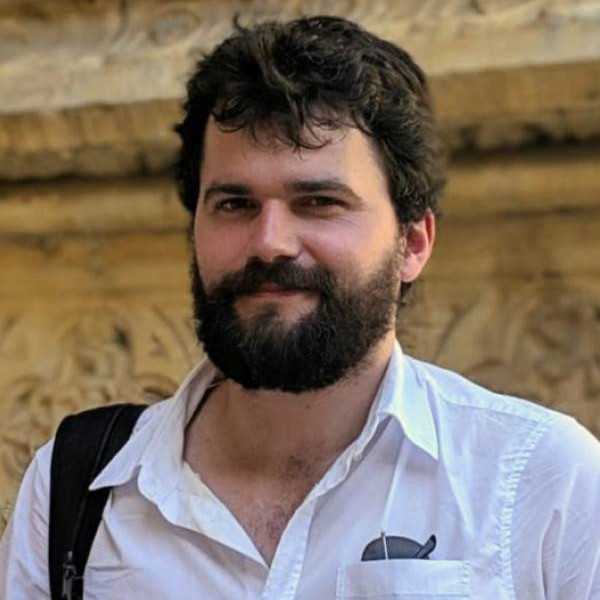Predicting spatial curvature $Ω_K$ in globally $CPT$-symmetric universes

The Handley Research Group’s latest work, detailed in 2407.18225, explores the fascinating implications of $CPT$ symmetry for the spatial curvature of the universe. Building upon the $CPT$-symmetric universe model proposed by Boyle and Turok (2018PhRvL.121y1301B, 2022AnPhy.43868767B), this research delves into the constraints imposed by a future conformal boundary on cosmological perturbations.
The $CPT$-symmetric universe model offers an elegant framework to address fundamental questions in cosmology and particle physics without resorting to new degrees of freedom. This model posits a universe symmetric at the Big Bang and, as explored in this new work, symmetric at its end. Lead author Wei-Ning Deng and Will Handley extend previous work by considering the impact of these symmetry conditions on the allowed modes of perturbations in a curved universe.
A key finding of the paper is the conflict between the constraints imposed by the future conformal boundary and the spatial boundary conditions inherent in a closed universe. The paper demonstrates that only specific curvature values reconcile this conflict, leading to a prediction for the curvature density $\Omega_K$. Remarkably, these predicted values are consistent with observations from the Planck 2018 mission (2020A&A…641A…6P), lending credence to the $CPT$-symmetric universe model and adding to the ongoing discussion about closed universe models.
The study involves analytically solving the first-order perturbation equations, yielding solutions in terms of Heun functions. By requiring symmetry or antisymmetry at the future conformal boundary, the work demonstrates that only a discrete spectrum of wave vectors are allowed. The authors argue that matching these allowed wave vectors with the integer values required by the spatial compactness of closed universes leads to specific constraints on spatial curvature.
The analytical work in this paper provides a strong theoretical foundation for future investigations. The research team intends to further explore the implications of these findings by numerically solving perturbation equations in a universe model incorporating matter and radiation anisotropy. By generating CMB power spectra based on these detailed numerical solutions and comparing them with observational data, the group aims to refine their predictions and further test the $CPT$-symmetric model’s validity. The study also draws inspiration and builds upon the foundation laid by previous works such as 2022PhRvD.105h3514L and 2021arXiv210906204B.


Content generated by gemini-1.5-pro using this prompt.
Image generated by imagen-3.0-generate-002 using this prompt.